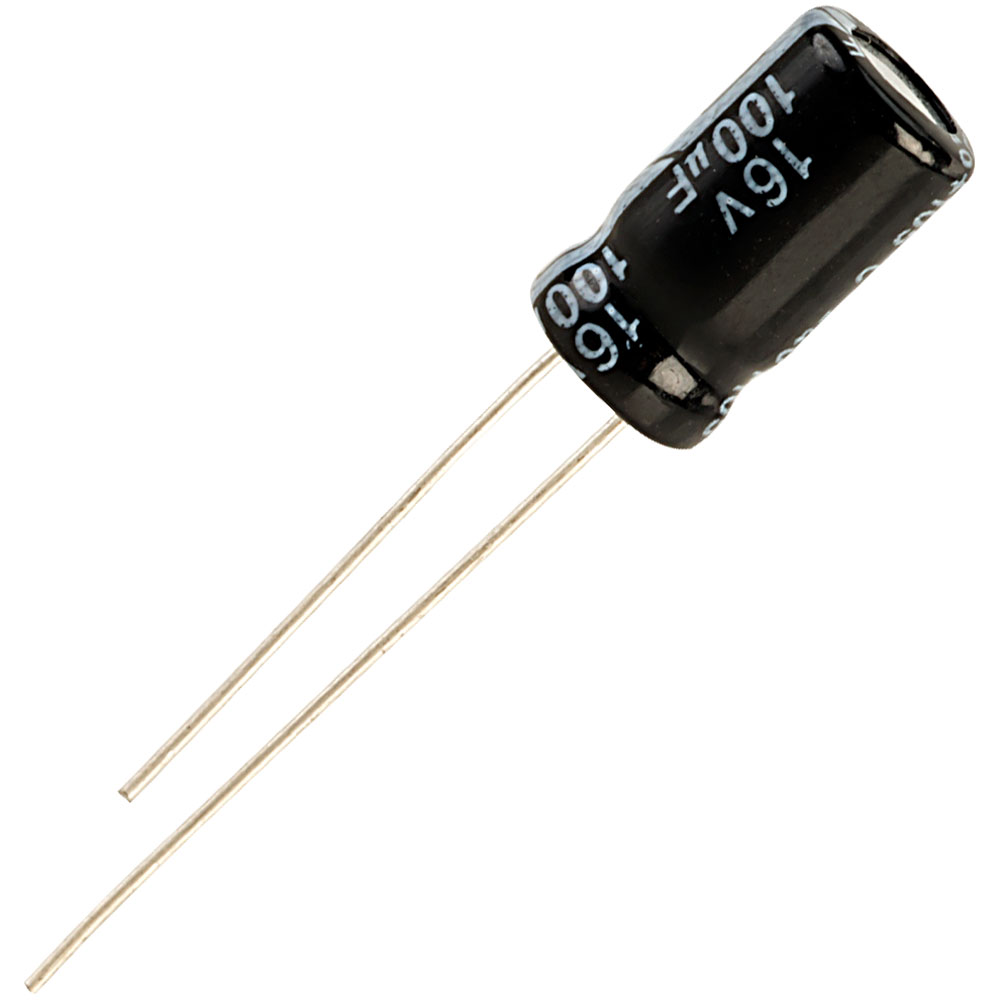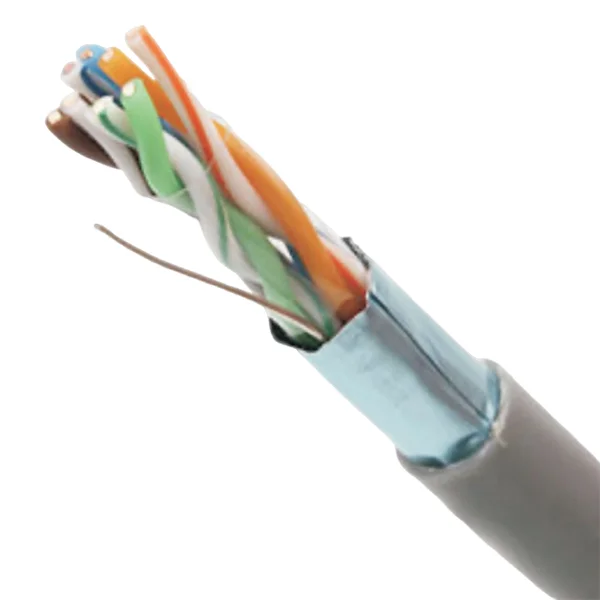Innovative Ways to Test a Capacitor without a Meter
2 min read
Capacitors are essential components in electronic circuits, storing and releasing electrical energy. Testing a capacitor's functionality is crucial to ensure optimal circuit performance. While a multimeter is commonly used for this purpose, there are alternative methods available for testing capacitors without a meter. In this article, we will explore innovative techniques that can help you determine the health of a capacitor without relying on a meter.
- Visual Inspection:
Before conducting any tests, visually inspect the capacitor for physical damage. Look for signs of bulging, leakage, or discoloration, which may indicate a faulty capacitor. If any such issues are observed, it is recommended to replace the capacitor. - Capacitor Discharge:
To ensure safety, discharge the capacitor before testing. Use a resistor or a screwdriver with an insulated handle to short the terminals of the capacitor. This will prevent any residual charge from causing harm during the testing process. - Time Constant Measurement:
The time constant of a capacitor can be used to assess its health. Connect the capacitor in series with a known resistor and a DC power supply. Measure the time it takes for the voltage across the capacitor to reach a certain percentage (e.g., 63%) of the applied voltage. Comparing this time constant with the expected value can provide insights into the capacitor's condition. - Frequency Response Analysis:
Capacitors have different impedance values at different frequencies. By applying an AC signal across the capacitor and measuring the voltage across it, you can analyze the frequency response. A healthy capacitor will exhibit a consistent impedance across a range of frequencies, while a faulty one may show irregularities or deviations. - Capacitance Measurement:
Although a multimeter is commonly used to measure capacitance, there are alternative methods available. One such method involves using an oscilloscope and a known resistor. By measuring the time it takes for the capacitor to charge through the resistor, you can calculate its capacitance using the formula C = t / (R * ln(2)), where C is the capacitance, t is the charging time, and R is the resistance. - ESR (Equivalent Series Resistance) Measurement:
ESR is an important parameter that indicates the internal resistance of a capacitor. Higher ESR values can indicate a faulty capacitor. Specialized ESR meters are available for accurate measurements. Alternatively, you can use an oscilloscope and a known resistor to measure the voltage drop across the resistor and calculate the ESR using Ohm's law.
Conclusion:
Testing capacitors without a meter is possible using innovative techniques that rely on visual inspection, time constant measurement, frequency response analysis, capacitance measurement, and ESR measurement. These methods provide valuable insights into the health of a capacitor, allowing for effective troubleshooting and maintenance of electronic circuits. Remember to exercise caution and follow safety procedures when working with capacitors.

